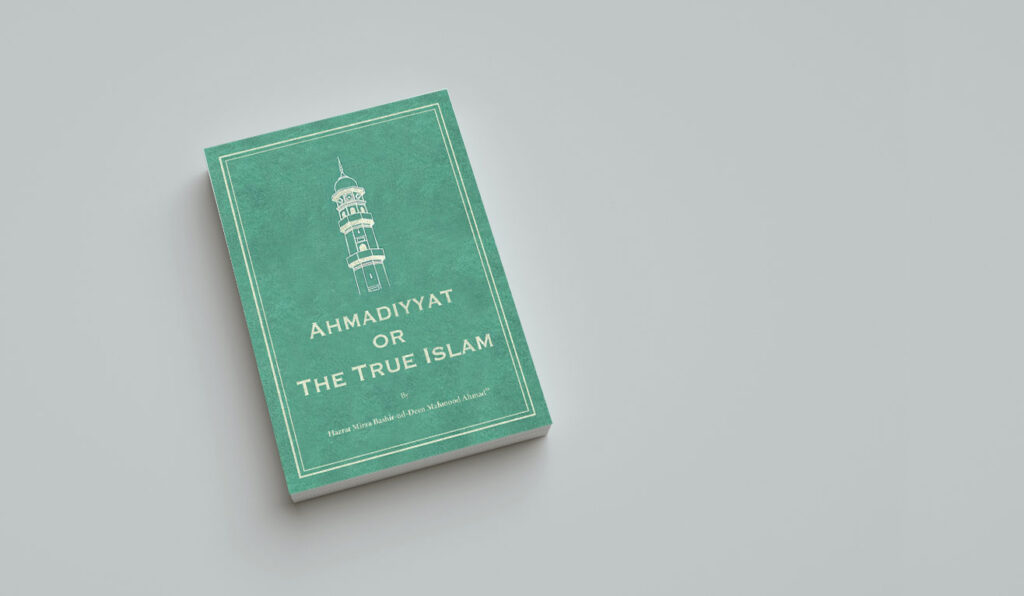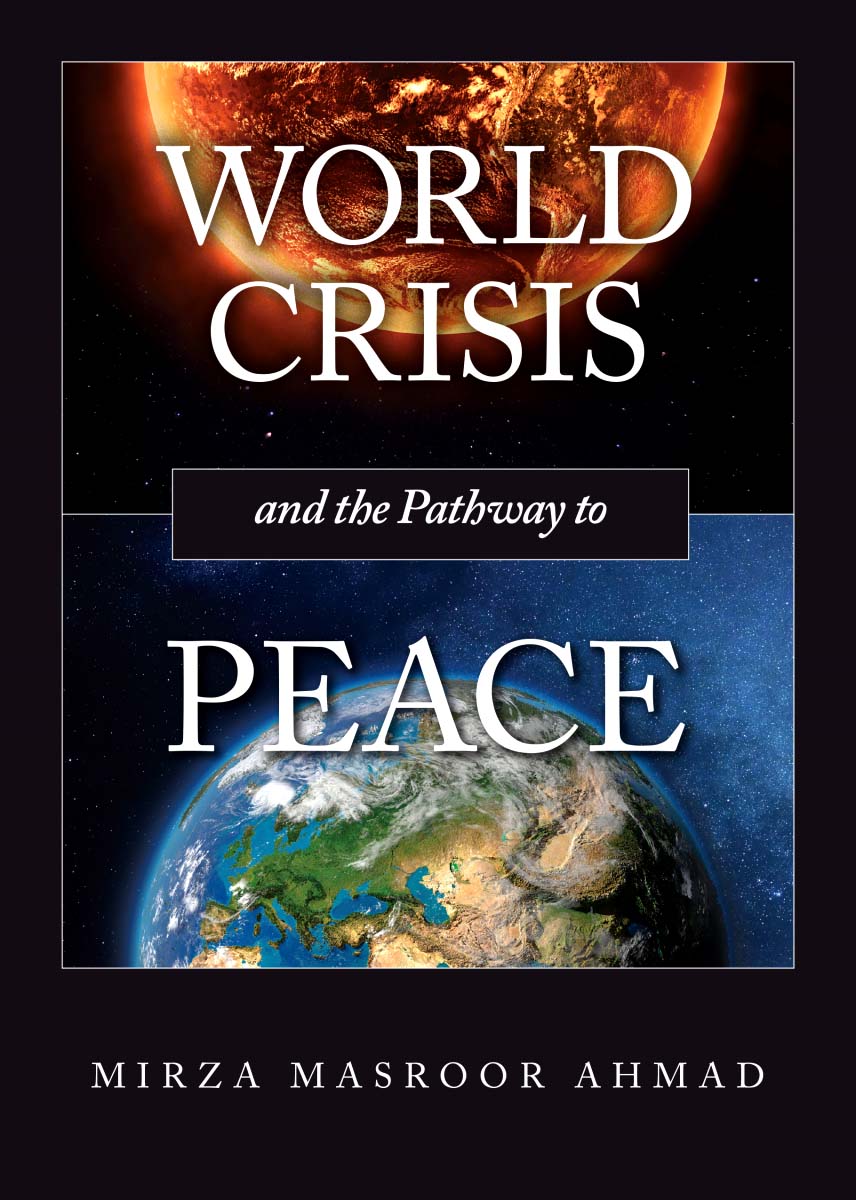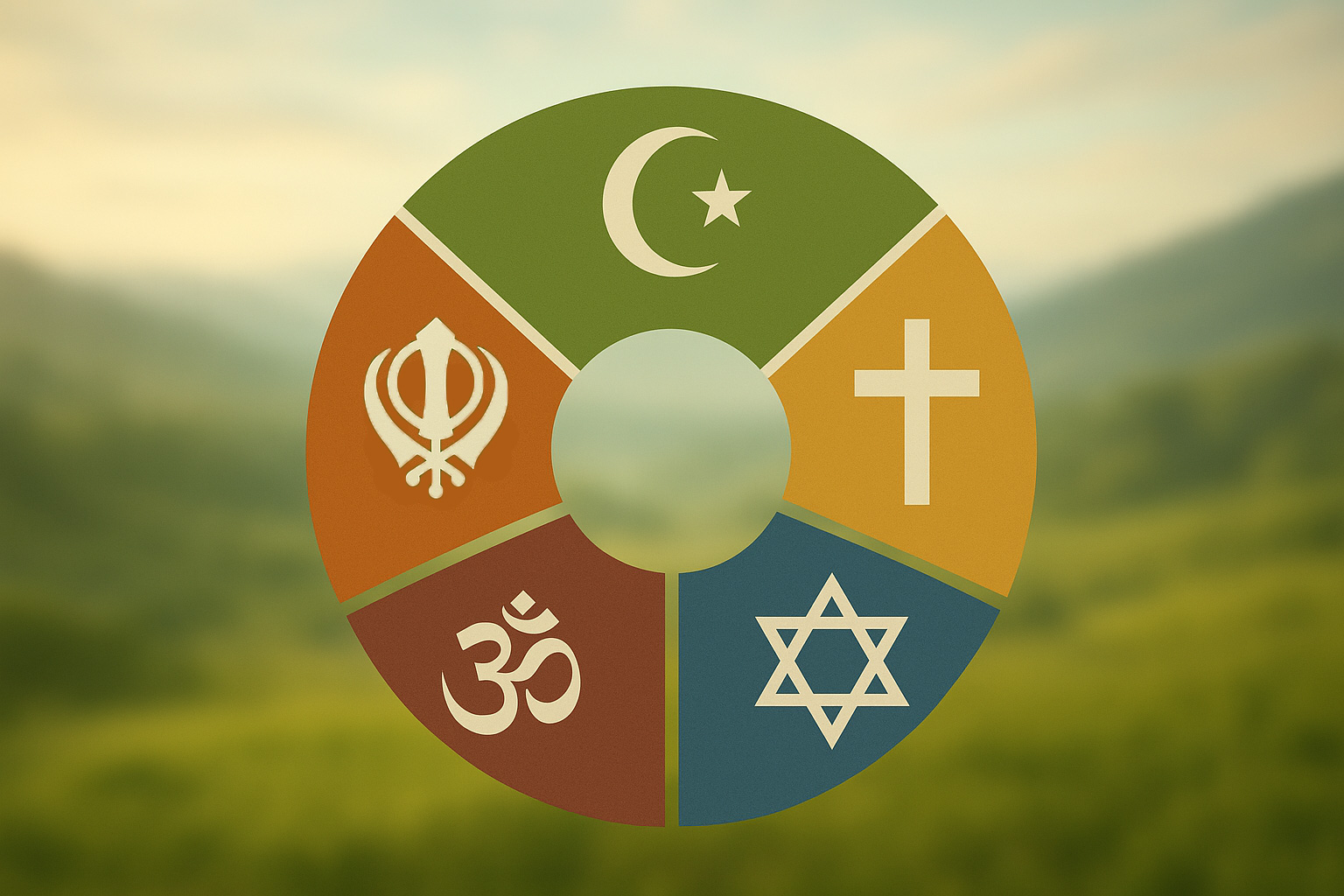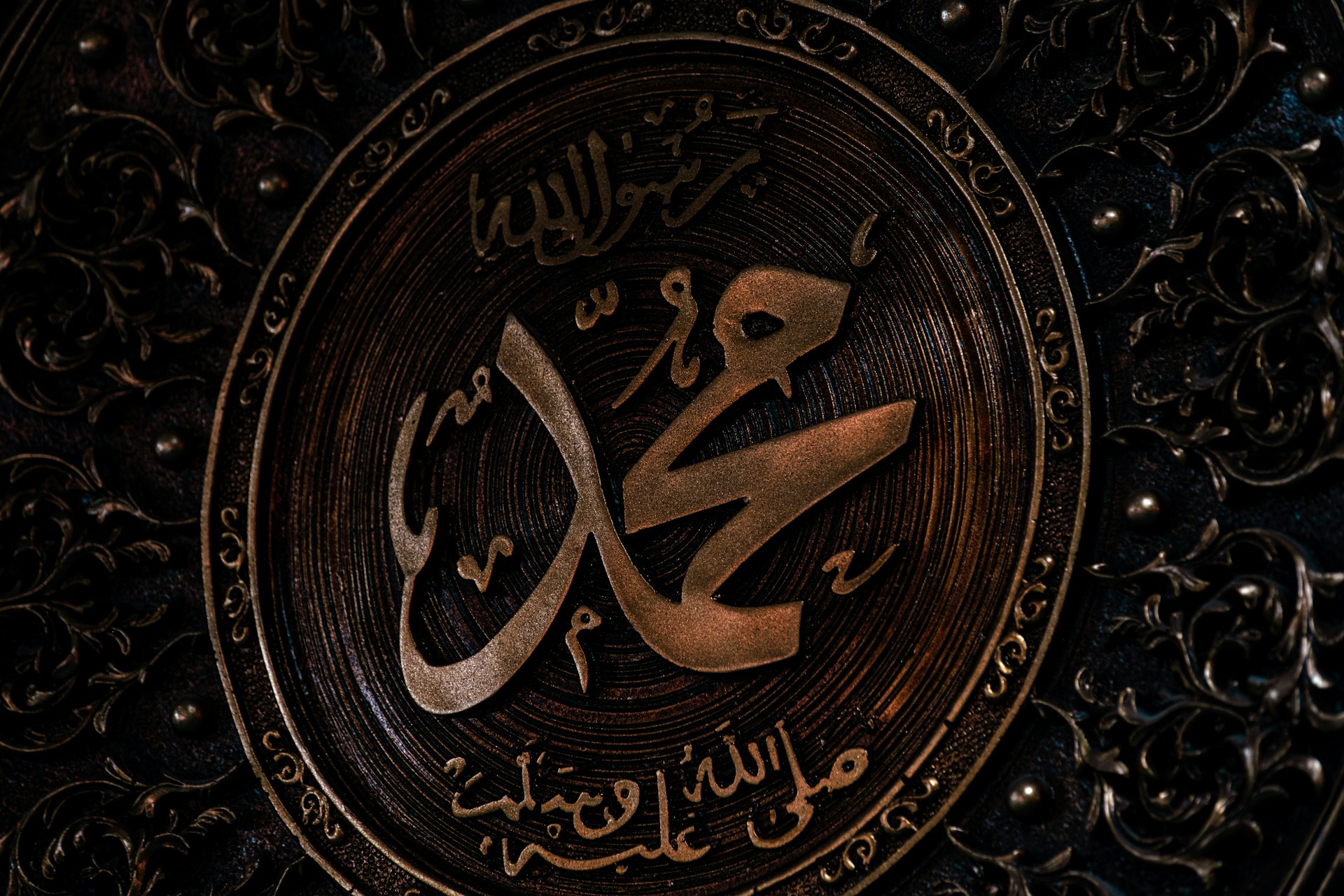SALEEQ AHMAD NAIK
APRIL 3, 2023
Ahmadiyyat or the True Islam, is an extended version of a lecture by His Holiness Hazrat Mirza Bashiruddin Mahmud Ahmadra, the Second Caliph of the Ahmadiyya Muslim Community, delivered at the Conference of Living Religions within the Empire in London in 1924. Being published during a period marked by Western scrutiny of Islamic doctrine, the book holds great significance in countering misperceptions and presenting the true picture of Islam.
The book unfolds with a meticulous examination of the concept of God, elucidating His attributes and defining the nature of His relationship with humanity. From there, His Holiness delves into the intricacies of achieving communion with the Divine, exploring the spiritual journey within Islam. Drawing extensively from the Quran and Hadith, he navigates through Islamic teachings on morality, social conduct, familial relations, business ethics, and governance. Moreover, His Holiness delves into profound topics such as the nature of the human soul, the afterlife, and the concepts of heaven and hell, all rooted in Islamic scripture and tradition.
Ahmadiyyat and Islam are one and the same thing
His Holiness provides a historical overview of the Ahmadiyya Muslim Community, contextualising its development and significance within the broader Islamic tradition. He says:
“It was necessary for me to dilate on this aspect of the Ahmadiyya Movement, for, as I have indicated, the Ahmadiyya Movement is not the name of any new religion…. It must now be perfectly clear that Ahmadiyyat and Islam are one and the same thing, and that by Ahmadiyyat is meant that real Islam which God has manifested to the world through the promised one of the present age. It is based wholly on the Holy Quran and the law of Islam, and yet it is entirely different from the other existing sects of Islam in its teachings and its doctrines.”[1]
Describing the unique characteristics that define the Community, he states:
“It has first re-discovered many truths which had been altogether lost sight of, and has, secondly, for the first time, revealed to the world many new truths relating to the special conditions and needs of the present age. These truths were presented by the Promised Messiahas who has enriched the intellectual and spiritual worlds by discovering many spiritual sciences which lay hidden beneath the words of the Holy Quran.”[2]
Four principal objects of religion
His Holiness explores the core objectives of religion, which enables one to estimate the true value of any religion.
The first object of religion, he argues, is to instruct man as to his source, that is to say, to furnish him with correct knowledge concerning his Maker so that he may not be debarred from profiting from the Divine source of all power and strength, and should not remain ignorant of the object of his existence, which can be explained only by the Creator Himself. For this purpose, it is necessary to define the person and attributes of God, the nature of man’s relationship with Him, how such a relationship should be expressed, and the means through which man can attain Him.
The second object of religion is to provide a complete code of rules of moral conduct, which is to explain good and bad morals and their different stages, the basis of morality, and the means of acquiring good morals and avoiding bad morals.
The third object of religion is to provide solutions for the social problems that mankind faces. Man being social by nature, it is necessary that religion lays down basic principles that should govern his social conduct so that peace and order may be established. All classes of people should be content with their respective rights and privileges, and none of them should consciously or unconsciously trespass against any other.
The fourth object of religion is to explain what happens to man after his death, meaning that it should explain the existence and nature of the afterlife and the true nature of pain and pleasure therein.
Islam fulfils the true purpose of religion
Hazrat Mirza Bashiruddinra analyses Islamic teachings with regard to the four aforementioned criteria.
Discussing the Islamic conception of God, His Holiness expounds on how Islam enables man to express and attain communion with God. He states:
“Islam, therefore, presents a perfect conception of God and opens the gates of certainty and faith, so that men may be saved from the darkness of doubt and error. It leads men to the presence of God in this very life, so that death loses all its terrors for them, and they await its coming with all pleasurable anticipations, realizing that they have found the truth and have experienced the manifestation of God’s attributes, and that death hides nothing but opportunities of limitless progress.”[3]
His Holiness delves into the moral teachings of Islam, discussing the different stages of moral development and the means of acquiring virtuous qualities. He also thoroughly explores the social aspects of Islam, including relations between the rulers and the ruled, and explains the responsibilities of both individuals and the state. Similarly, he provides insights into the concept of the afterlife in Islam, discussing the nature of rewards and punishments, their manifestations, and their everlasting nature. He states:
“The peculiar excellence of Islam lies in the fact that it actually leads man to God, and thus puts an end to all discussions and controversies. Why has man been created? The only object of his creation is that he should attain to union with God. So, only that religion can be deemed capable of fulfilling the true purpose of religion which enables us to attain union with God, and not those which seek to please us by mere words.”[4]
In essence, these points offer merely a glimpse into the profound wisdom and knowledge conveyed within the book, which delves deep into topics of immense significance to human life and provides answers to the existential questions crucial to man.
END NOTES
[1] Ahmadiyyat or the True Islam pp. 31-32
[2] Ibid p. 32
[3] Ibid p. 163
[4] Ibid p. 338













0 Comments